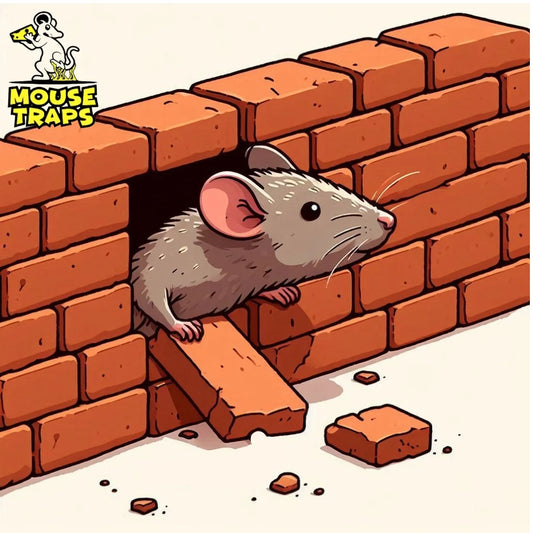Introduction:
Are you exhausted, from dealing with rodents infiltrating your land? Are you trying to find ways to deter rats without spending a fortune? Well your search ends here! In this manual we'll discuss do it yourself techniques for building proof barriers that can protect your residence and garden from these unwelcome visitors. From recognizing typical access points, to adopting budget remedies lets discover how you can strengthen your premises against rat invasions!
Understanding the Rat Menace:
Rat Behavior and Habits:

Common Entry Points:
Negative Impacts of Rat Infestations:
Contamination of food and water sources.
Damage to property infrastructure.
Spread of diseases such as leptospirosis and salmonellosis.

DIY Methods for Rat-Proof Fencing:
Choosing the Right Materials:

Securing Existing Entry Points:
Creating a Barrier:
Maintaining Cleanliness:
Natural Deterrents:

Budget-Friendly Solutions:
DIY Traps and Baits:
Note:
Although DIY methods can be of use at some degree but it is much better to use methods with more efficiency and effectiveness. Use of mouse Traps can be much effective than these DIY methods. Sticky Glue Mouse Pads and Live Humane Mouse Traps are the best Traps available in UK. Further Details on these traps is given below;
Live Humane Mouse Traps:
Live humane mouse traps are designed to catch mice without harming them, allowing you to release them back into the wild unharmed. These humane traps usually involve a box or cage equipped with a door that shuts once the mouse goes inside keeping it from getting out. They offer an option compared to snap traps or glue traps which may injure or stress out the mice.
Click Here To Buy Live Humane Mouse Traps

Benefits of live humane mouse traps:
- Ethical: These traps allow you to capture mice without causing them harm, which is a more humane approach to pest control.
- Reusable: Live humane traps can be reused multiple times, making them a cost-effective and environmentally friendly option.
- Safe: Unlike snap traps or glue traps, live humane traps are safe to use around children and pets.
- Easy to use: These traps are typically easy to set up and require minimal maintenance.
- Effective: Live humane traps can effectively capture mice without the use of poisons or chemicals.
Sticky Glue Mouse Pads Traps:
Sticky glue mouse pad traps, on the other hand, are sticky traps designed to catch mice by sticking them to the surface of the trap. When a mouse steps on the trap, it becomes stuck and unable to escape. While these traps can be effective, they are not considered humane, as they can cause stress and suffering to the trapped mouse.
Click Here To Buy Sticky Glue Pads Mouse Traps

Benefits of sticky glue mouse pad traps:
- Easy to use: Sticky glue traps are simple to set up and require no bait or additional steps.
- Disposable: Once a mouse is caught, the trap can be disposed of, making cleanup easy.
- Cost-effective: Sticky glue traps are often more affordable than other types of traps.
- Space-saving: These traps are typically flat and can be placed discreetly in small spaces where mice are known to travel.
FAQs (Frequently Asked Questions):
Q1. Are there any DIY methods for constructing rat-proof fencing on a tight budget?
Q2. How effective are natural deterrents in keeping rats away?
Q3. Can rat-proof fencing be installed around gardens without harming plants?
Q4. Is it necessary to hire professionals for rat-proof fencing installation?
Q5. What should I do if I suspect a rat infestation on my property?
Conclusion:
In summary it is possible to build fencing that rats cannot penetrate using do it yourself methods that focus on securing entry points creating obstacles and keeping things clean. By understanding rat behavior and preferences selecting materials and using cost solutions you can effectively safeguard your property from rat invasions without spending a fortune. Whether you have a budget or prefer friendly options there are DIY approaches that can help you establish rat proof fencing and enjoy a pest free space. So why delay? Start reinforcing your property against rats today!




